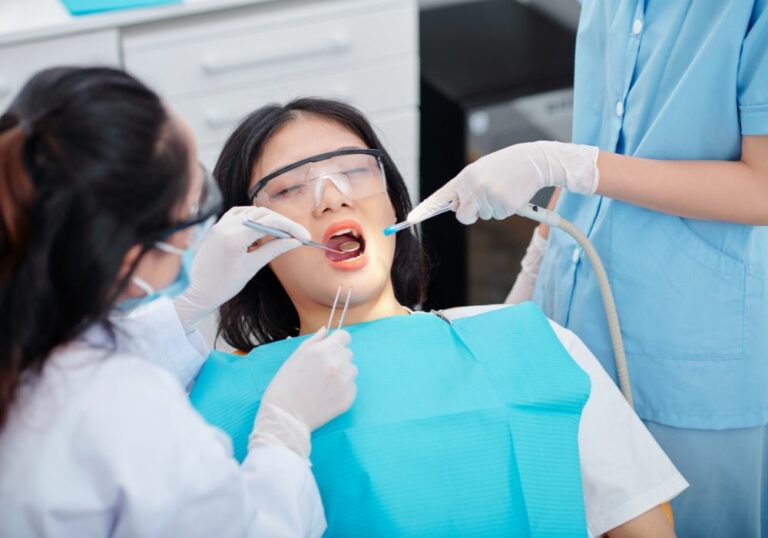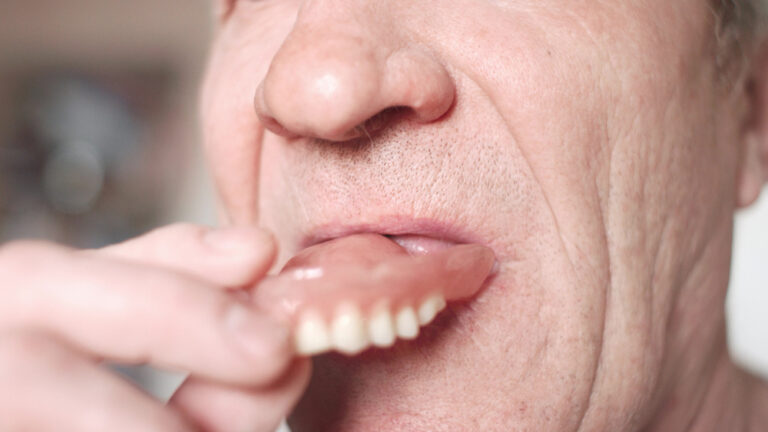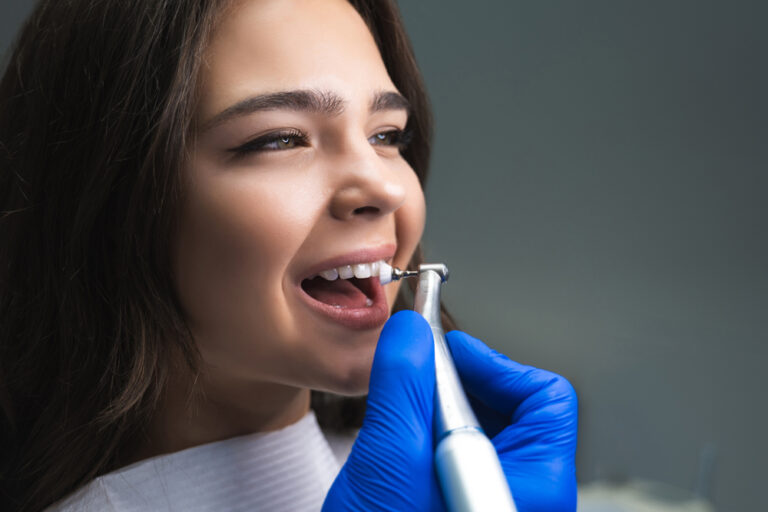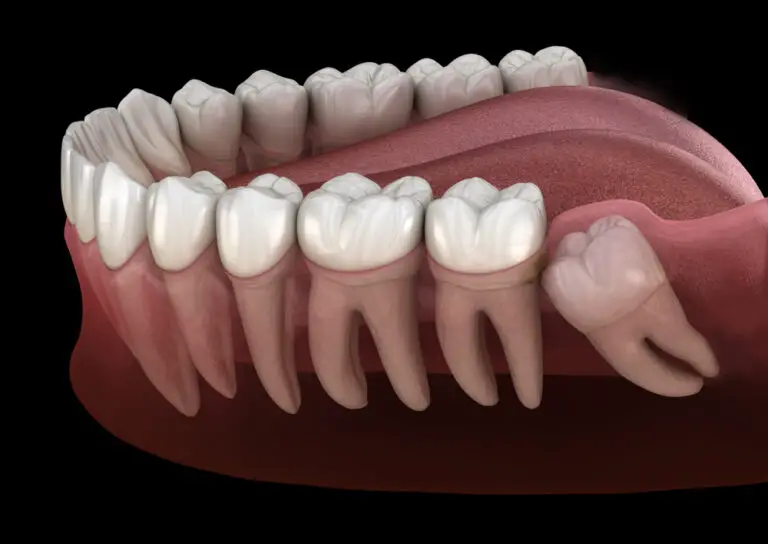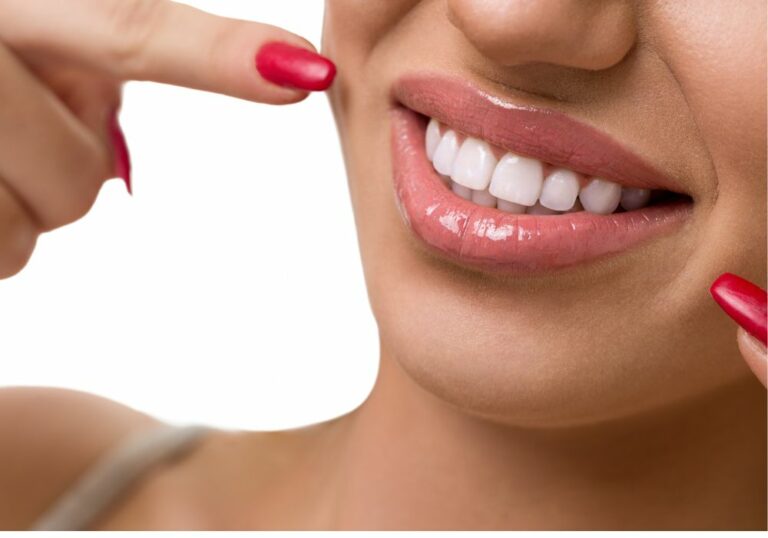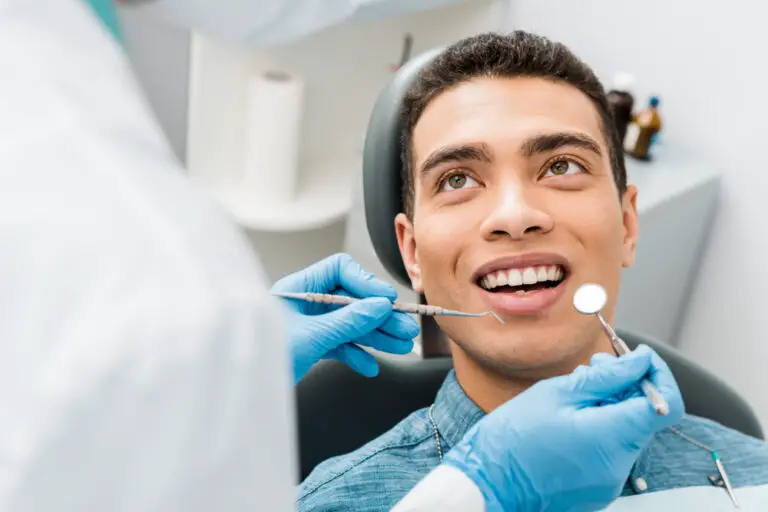Americans are known globally for having bright, straight, uniform smiles that appear flawless. Their teeth seem to gleam and shine compared to those from other countries. What makes American teeth so noticeably white and even? There are several major factors that promote ideal dental health and aesthetics in the United States.
Oral Hygiene Habits
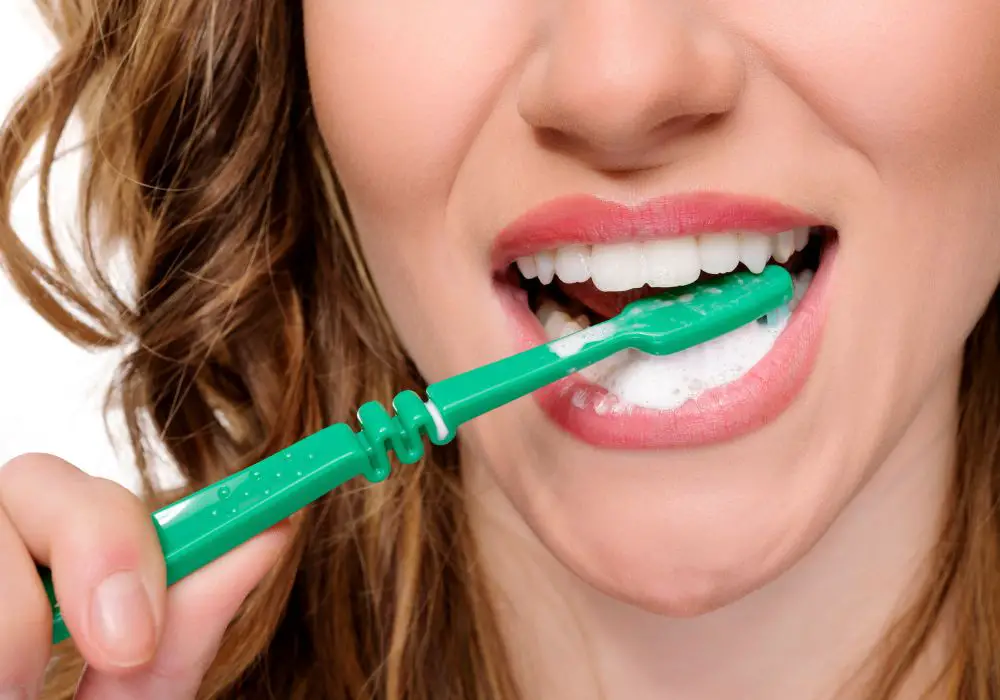
One big reason Americans have such nice looking teeth is because oral hygiene is highly prioritized starting from childhood. Proper dental care is ingrained in the culture and considered integral to overall health.
Brushing and Flossing
American kids are taught from toddlerhood the importance of brushing and flossing thoroughly twice a day. Parents, schools and pediatricians emphasize establishing these habits early on. Proper technique is demonstrated to scrub every tooth surface and clean between teeth. By age 6 or 7, most American children have the dexterity to brush and floss independently. Doing so becomes part of their daily routine.
Brushing removes plaque, a sticky film of bacteria that causes cavities and gum disease. Adults and kids alike are advised to use a soft-bristle fluoride toothpaste, brush for a full 2 minutes, and concentrate on all areas including the tongue, gums, and inside, outside and chewing surfaces. Many use electric toothbrushes with timers and multiple settings for optimal cleaning.
Flossing is drilled into Americans as a way to clean the 40% of tooth surfaces between teeth that brushing cannot reach. Flossing under the gumline is key to removing plaque and food particles before they harden into tartar that brushing cannot remove.
The bathroom sink of a typical American home will be stocked with toothbrushes, toothpaste, floss, and mouthwash. People brush immediately upon waking up, after meals throughout the day, and right before bedtime. Travel-size oral hygiene tools make it easy to continue these habits even away from home.
From a young age, Americans internalize that dedicating 5-10 minutes twice a day to oral hygiene is non-negotiable. Keeping teeth thoroughly clean, plaque-free and tartar-free is an obsession because it prevents cavities, gum disease and tooth loss.
Professional Cleanings
Equally important as home care is seeing a dentist regularly for check-ups and professional cleanings. These appointments remove plaque and tartar that daily brushing and flossing at home cannot fully reach.
Tartar is a hardened form of plaque that builds up both above and below the gumline. This traps bacteria against teeth and causes inflammation, receding gums, and eventual bone loss around roots when left untreated.
Americans typically get cleanings every 6 months; some go every 3-4 months for extra preventative care. The dentist or hygienist will use specialized scraper instruments to thoroughly remove tartar above and below the gumline on all tooth surfaces. They then polish the newly cleaned enamel so teeth shine.
Most Americans schedule cleanings automatically every 6 months without even waiting for the dentist to remind them. Keeping up diligently with professional cleanings as well as daily home hygiene practices is why American teeth look so clean and free of discoloration.
Orthodontic Treatments
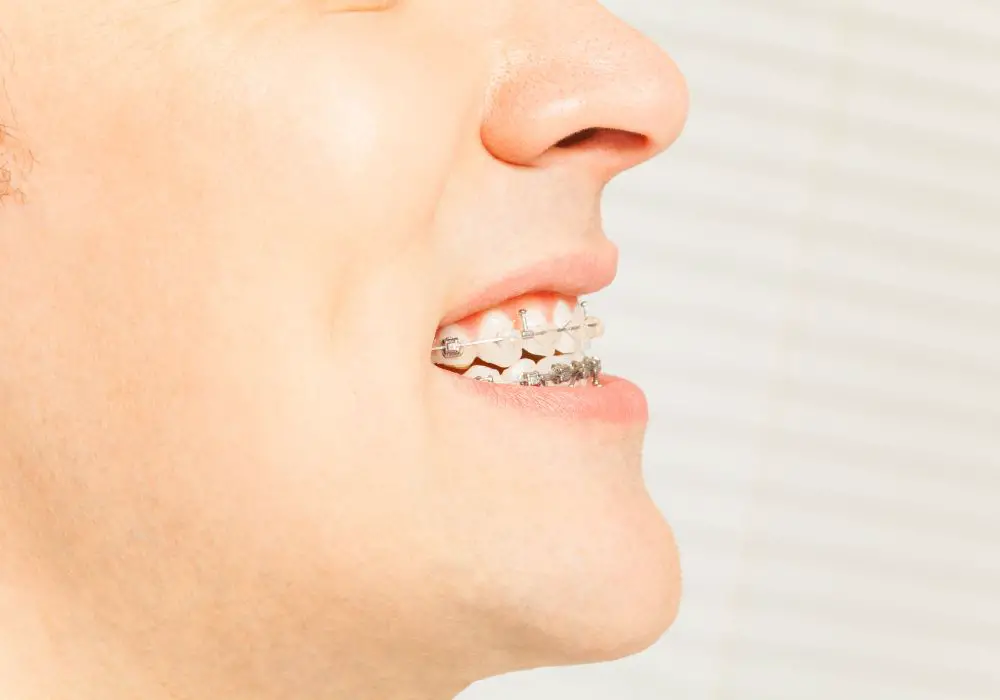
Orthodontics like braces and retainers are a second key reason Americans have such straight, orderly smiles. These treatments correct crowded, gapped or misaligned teeth by gradually shifting them into ideal position over 1-2 years.
Up to 80% or more of American children get traditional metal braces with brackets and wires in their early teens. Braces have become a common rite of passage. Newer style braces such as clear aligners or braces fixed to the back of teeth are also popular.
Some teens are embarrassed at first about braces. But peer acceptance and understanding of the long-term benefits make braces a normal part of adolescence. Parents budget for this expensive orthodontic care because they understand the value of a perfect smile.
Adults who did not get braces as children may choose to get them later in life to fix longstanding issues like crooked front teeth, gaps, overbites, underbites and misalignment that can lead to oral health problems. Straight teeth are easier to keep clean and less prone to decay.
Clear plastic aligners like Invisalign are also an option. Aligners are less visible than metal braces but must be worn 20+ hours per day to shift teeth effectively. Each set incrementally moves teeth and is replaced every 1-2 weeks.
Post-braces, Americans wear retainers to hold teeth in correct position. Veneers, dental bonding and teeth whitening further improve the look of smiles. Cosmetic dentistry paired with orthodontics gives Americans picture-perfect, magazine-cover worthy teeth.
Fluoride Use
Another factor promoting good dental health is fluoride use. Fluoride is a mineral proven to strengthen and protect tooth enamel. Most public water supplies in America contain optimal levels of fluoride as recommended by the U.S. Centers for Disease Control and American Dental Association.
Fluoride helps prevent cavities by making enamel more resistant to acid produced by bacteria in dental plaque. It also facilitates remineralization, an ongoing process of repairing early decay on enamel before it progresses to cavities.
Fluoride has been rightly credited for a sharp decline in dental cavities and tooth decay in America over the past 50 years. Its incorporation into drinking water, toothpastes, mouth rinses and other oral health products benefits people of all ages.
Starting fluoride use in childhood while enamel is still developing results in the greatest strengthening. But it continues protecting fully formed adult teeth against decay. Most mainstream toothpastes contain fluoride for this reason.
Dental Insurance Coverage
The majority of Americans have some form of dental insurance, whether through an employer or purchased individually. This makes routine preventative and restorative dental care affordable.
Typical services covered fully or partially include exams, x-rays, cleanings, fillings, tooth extractions, root canals, dentures and sometimes orthodontics. This significantly reduces the out-of-pocket cost for essential care.
Cosmetic dentistry and major restorations like dental implants tend to not be covered comprehensively but might have discounted rates through an insurer’s network. Still, dental insurance encourages people to get consistent diagnostic and preventative care that maintains dental health.
For lower income children and families who cannot afford dental insurance, state Medicaid programs provide some level of dental benefits. Reduced cost clinics are also available in many communities to ensure Americans in need can access care.
Technological Advances in Dentistry
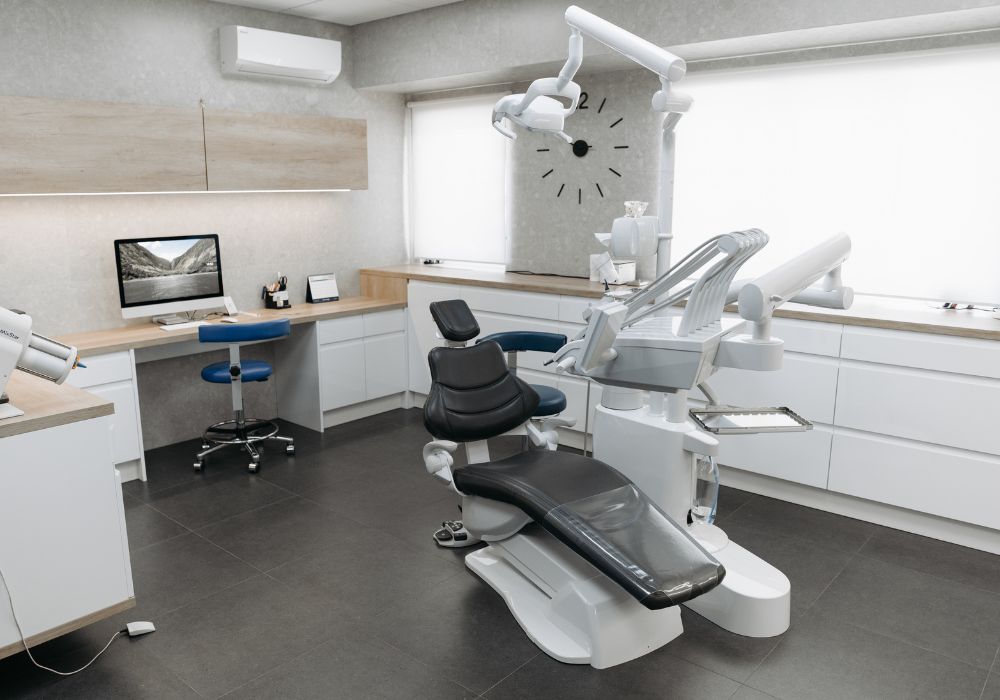
Cutting-edge equipment, techniques and materials allow American dentists to achieve exceptional results. Digital x-rays, intraoral cameras, CAT scans, lasers and 3D imaging give pinpoint diagnoses. Precise procedures restore flawed teeth or replace missing ones with natural looking and functioning prosthetics like dental implants.
Cosmetic treatments such as dental veneers, bonding and teeth whitening performed by trained specialists appear flawless. Clear aligner orthodontics gradually improve smiles. Dental care innovations will only continue advancing.
Nutrition and Low Sugar Diets
Attention to nutrition supports good dental health. Vitamin and mineral deficiencies can negatively impact oral health. But nutritious food is readily available to most Americans. Enrichment and fortification of items like cereal and milk provides sufficient vitamins and minerals to prevent problems.
Minerals like fluoride, calcium and phosphates in American diets strengthen and remineralize teeth. Limiting sugar intake also prevents cavities since bacteria feed on it to produce enamel-eroding acid. underdeveloped areas may lack nutritional knowledge or access to quality food. But overall, modern commercial food processing makes eating well fairly simple. This contributes to better oral health.
Cultural Values and Beauty Standards
Straight, uniformly sized and shaped, white teeth are integral to physical attractiveness in American culture. Someone with yellowed, stained, crooked or missing teeth may be unfairly judged as lazy, unhealthy or unsuccessful.
A bright, symmetrical smile conveys friendliness, competence and confidence. Americans understand that correcting flaws through orthodontics or cosmetic treatments can increase social, romantic and professional opportunities.
Seeing celebrities and public figures with perfect teeth on TV and social media motivates Americans to seek that ideal for themselves. Huge value is placed on an attractive smile. This cultural pressure keeps Americans diligent about proper dental care and fixing imperfections.
Conclusion
In summary, the reasons behind Americans’ dental health and captivating smiles are multifactorial. A preventative approach with good lifelong habits, regular dental visits, fluoride exposure and advanced orthodontics allows them to achieve ideal results. Value placed on good looks provides motivation. Of course genetics and ethnicity play some role as well.
While cosmetic treatments have superficial origins, they build confidence. And straight, properly aligned teeth are easier to keep clean and healthy. With some discipline and professional care, excellent dental health is achievable for anyone. Proper home care and early intervention is key to optimal, long-lasting smiles.
Frequently Asked Questions
Q: Do Americans really have significantly better teeth than other developed countries?
A: Yes, research indicates Americans do tend to have straighter, whiter, more even teeth on average compared to countries like England, Germany and even Australia. American children get orthodontics at among the highest rates globally. Adults undergo teeth whitening and cosmetic procedures more frequently as well. The excessive time and money devoted to appearance seems to pay off in above-average smiles.
Q: Can people in lower socioeconomic classes still have nice teeth without cosmetic dentistry?
A: Yes, good habits make the biggest impact, not wealth. Americans across socioeconomic statuses who brush and floss thoroughly twice daily, limit sugar, drink fluoridated water and get regular professional cleanings can have healthy, attractive teeth without cosmetic treatments. Medicaid and dental clinics provide care for those without means. Teeth naturally vary in shades of white based on enamel thickness and translucency. Beauty standards that insist on unnatural uniform whiteness place unnecessary pressure on disadvantaged Americans. But with discipline, most can have a pleasant smile.
Q: Are the cosmetic dental procedures Americans fixate on just superficial and vain?
A: The origin lies more in vanity than health need, yes. But beyond appearing attractive, some cosmetic and orthodontic treatments offer real benefits. Severely crooked, crowded teeth are harder to keep clean and more vulnerable to decay and gum disease. Straightening teeth through braces facilitates better oral hygiene. Veneers and bonding can conserve tooth structure compared to more aggressive reshaping options. While the motivation is appearance, certain cosmetic procedures do improve long-term dental function and health, indirectly boosting confidence as well.
Q: Can someone neglect their teeth as a child and still have nice teeth as an adult?
A: Unfortunately no, childhood habits have a big impact on lifetime outcomes. Getting into a good groove of daily brushing and flossing, regular dental visits, sealants for molars and fluoride exposure allows teeth the best chance of staying healthy long-term with minimal repair work needed. Orthodontic intervention in childhood is simpler and more effective than waiting until adulthood too. Tooth decay and bite problems that go unaddressed in childhood often lead to dental woes continuing into adulthood. Good habits need to start early.
Q: Realistically, what daily habits have the most impact on dental health?
A: Diligent oral hygiene is most vital. Brushing properly twice a day removes plaque before it hardens into tartar and damages enamel. Flossing daily cleans between teeth where decay often starts. Drinking tap water with fluoride strengthens developing enamel. Limiting sugary foods and acidic drinks prevents cavities since bacteria feed on sugar to erode enamel. Eating a balanced diet provides nutrients teeth need. And seeing a dentist regularly allows early detection and prevention of problems. Just 5-10 minutes focused on teeth daily plus biannual cleanings pays off tremendously.

